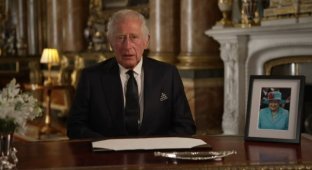William Huskisson: the story of a politician who became the first victim of a railroad (8 photos)
Technological progress is wonderful. But we must remember that any forward movement should be carried out with caution, since excessive haste and carelessness can lead to tragic consequences. 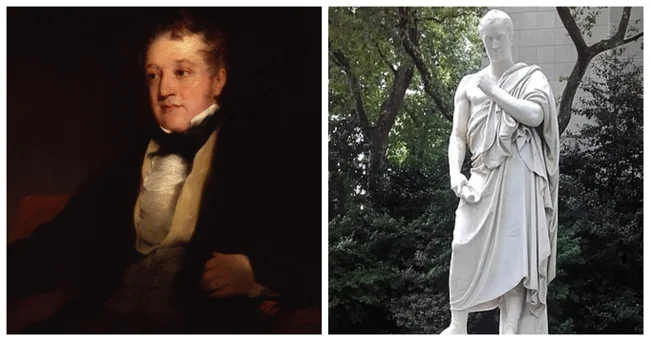
As in the case of this character, who, against his will, entered history. 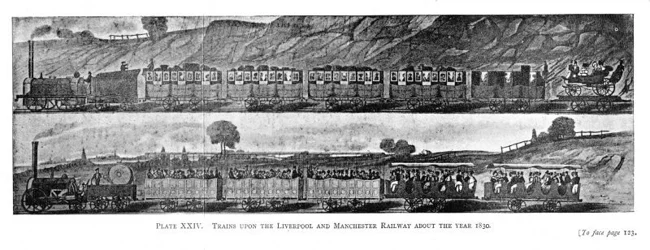
Manchester - Liverpool Railway
William Huskisson was a man who could have gone down in history as a brilliant statesman and supporter of free trade. But fate decreed otherwise - now we know him, first of all, as the first person to die in a railway accident. The story of his tragic death is full of drama and bitter irony, seasoned with a drop of humor.
The Day the World Changed 
September 15, 1830 was a momentous day not only for Britain, but for the entire world. The Liverpool and Manchester Railway opened, the first intercity line to be entirely powered by steam locomotives. It was a technological breakthrough: regular passenger services, two-way traffic, timetables, signalling systems - all of this first appeared here. Thousands of people lined the tracks to see the "iron horses" rushing along the rails. 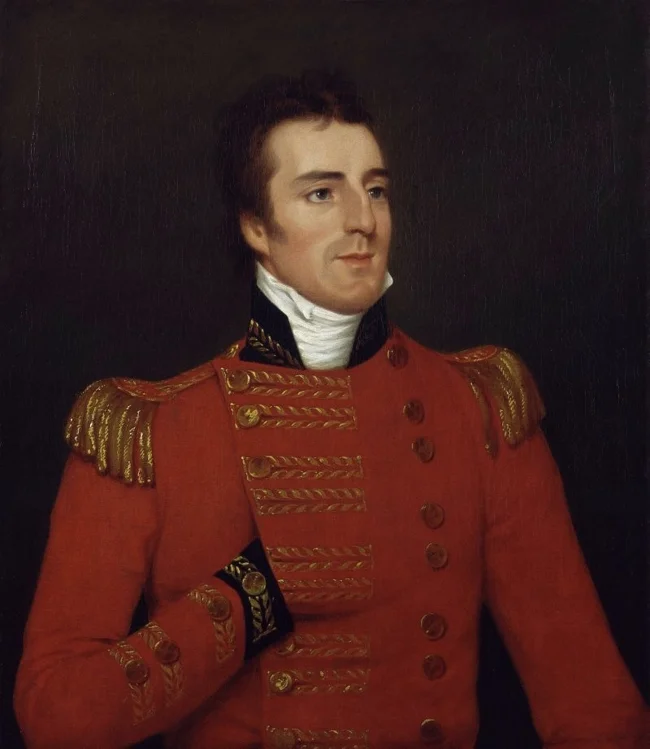
Arthur Wellesley, 1st Duke of Wellington (1 May 1769 – 14 September 1852) served as Prime Minister of Great Britain twice
The distinguished guests included the Duke of Wellington himself, the Prime Minister of Great Britain, as well as other famous figures. Among them was William Huskisson, a man whose best years and achievements seemed to be behind him by then.
Hero or clumsy old man? 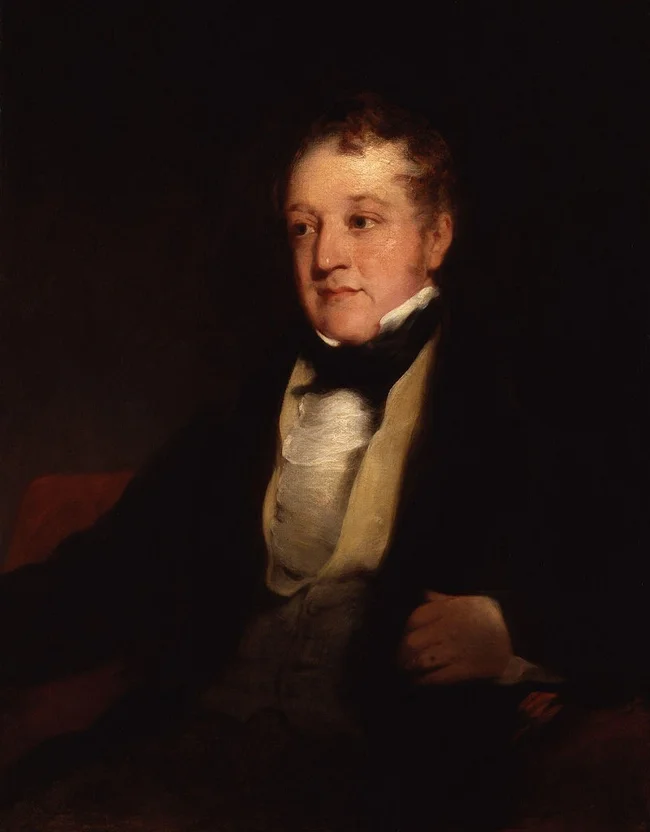
William Huskisson
Huskisson was sixty years old and not exactly the epitome of athleticism. Life had "spoilt" him with injuries and ailments: broken arms (both never fully healed), kidney problems, a recent operation. Even the doctor had advised him to rest and skip the event. But no - Huskisson decided that this was too important an event to stay home. Plus, he was hoping to reconnect with the Duke of Wellington after their recent dispute over parliamentary reform.
That's when the chain of events that led to the tragedy began.
When the train approaches... 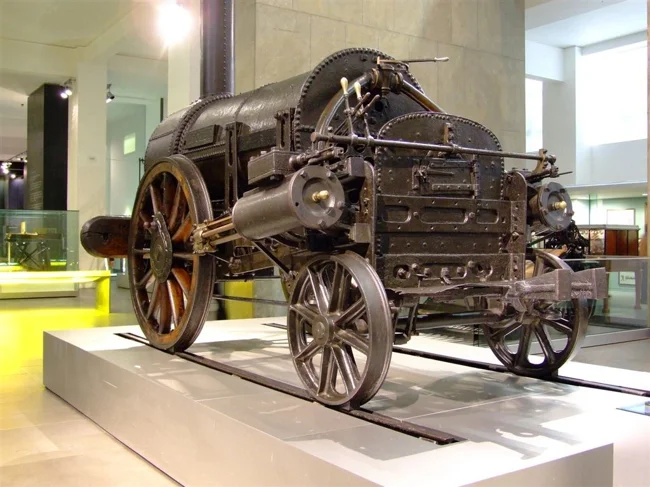
"Rocket"
The Duke of Wellington's train, pulled by the Northumbrian, made a scheduled stop at Parkside station. Passengers were warned: "Stay in your carriages!" But who listens to such trifles when there is so much interesting around? Huskisson, deciding to take advantage of the moment, went to the Duke's window to shake hands.
And then the irreparable happened. Another train was approaching on the adjacent tracks, pulled by the Rocket, driven by Joseph Locke. Someone shouted, "Here comes the engine, watch out!" Most of them jumped out of the way, but not Huskisson. He tried to run across, then back, then tried again... In the end, he just panicked. Huskisson grabbed the door of the Duke's carriage, but it swung open, and he found himself right in the path of the Rocket...
The Last Run 
Huskisson's Monument
Locke, seeing the danger, tried to brake, but it was too late. The Rocket hit the swinging door, the impact threw Huskisson onto the rails, and the wheels rolled over his leg, crushing it in the most horrific way.
The passengers wasted no time in making a stretcher out of the carriage door and carrying the wounded Duke onto the train. The other three carriages were uncoupled and the train sped off to Manchester at almost 40 mph - a new world record! People along the tracks waved their hands in joy, not even realizing what had happened.
On the way they decided to stop in Eccles, where Huskisson was taken to the local priest's house. Despite the doctors' efforts, the patient's condition was deteriorating. Surprisingly, he found the strength to dictate a will and sign it with a shaking hand. However, Huskisson died during the night.
Aftermath and Legacy 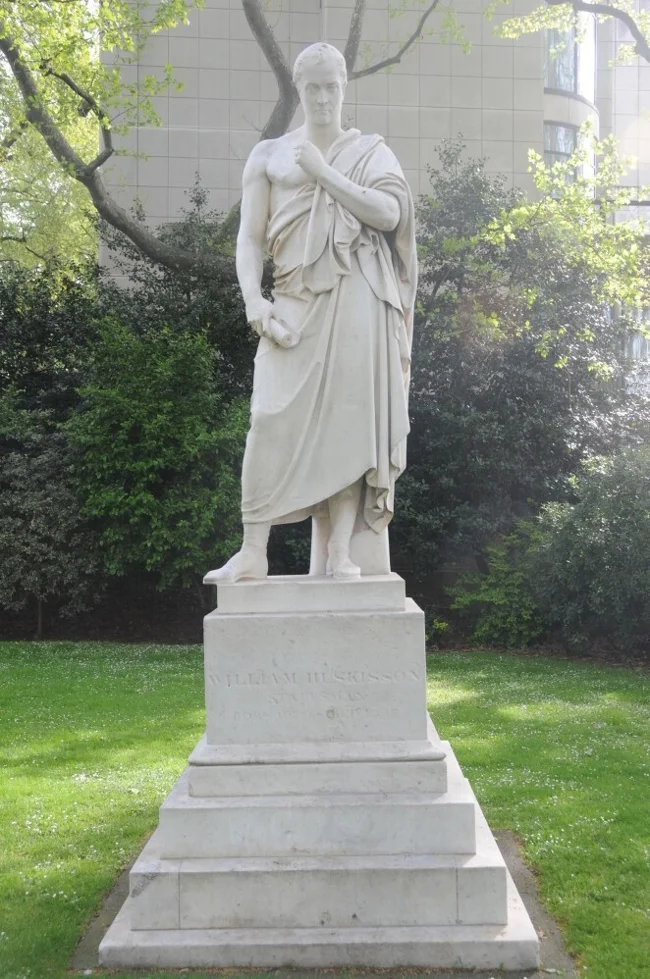
William Huskisson's statue in Pimlico Gardens, London
Huskisson's death was a turning point in the public perception of railways. Whereas they had previously been seen as a miracle of progress, people now began to realize their potential danger. Interestingly, some doctors later claimed that if the amputation had been performed, Huskisson might have survived. But history, as we know, does not tolerate the subjunctive mood...
Today, the Rocket locomotive stands in the Science Museum in London, reminding us of that fateful day. And Huskisson himself, although not by his own will, went down in history as the first person to die on a railway. His statues can be found in different parts of Britain.
The story of William Huskisson is a reminder that progress is always accompanied by risks. And sometimes even the most important events can end in tragedy if human clumsiness and fatal accidents intervene.














